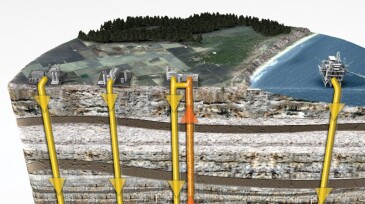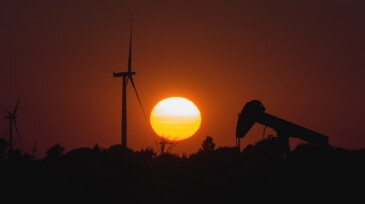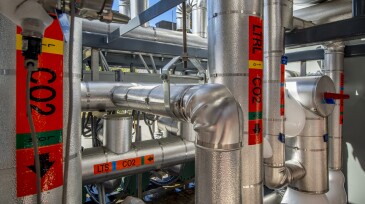Carbon capture and storage
The early enthusiasm for carbon capture and storage (CCS) is showing signs of strain as the limited capital availability and political support become clearer.
The two companies said they will evaluate the possibility of a joint venture to develop a direct air capture hub in South Texas, with XRG considering investing up to $500 million.
The plant at Heidelberg Materials’ cement facility in Brevik, Norway, has captured its first 1,000 metric tons of carbon dioxide.
-
The company said it expects to increase its annual carbon captured by approximately 1 million metric tons at its LaBarge facility with a $400 million investment.
-
A report from the Global CCS Institute says North America’s continued front-runner status in carbon capture and storage (CCS) deployment is largely attributable to tax credits, stronger climate commitments, and an anticipated rise in demand for low-carbon energy products.
-
The partnership aims to accelerate offshore CCS adoption with reliable, specialized CCS systems.
-
Backed by Eni and BP, the two projects have been selected by the UK government to kick-start the country's effort to decarbonize industrial emissions.
-
The world's largest plant that sucks carbon dioxide directly from the air and deposits it underground is due to start operating on 15 September, the company behind the nascent green technology said.
-
Researchers form South Dakota Mines are studying microbial acceleration of carbon mineralization with extremophiles found at the Sanford Underground Research Facility.
-
Purchasing carbon offsets is a widespread means of attempting to meet carbon-reduction and net-zero emissions goals across many industries. Also widespread is the increasing scrutiny of the practice. How “real” are the offsets? How are they quantified and verified, and by whom?
-
This paper examines potential new options for the petroleum sector to contribute to emission reductions and the climate debate.
-
Broad consensus is forming on the need for a massive expansion in global carbon capture and storage (CCS) capacity. But what are the uncertainties, bottlenecks, and opportunities in the subsurface that await CCS planners?
-
While CCS and CCUS become more ensconced in oil and gas energy-transition strategy, one major project has fallen short of targets. Infrared sensor technology could fill a crucial gap in halting methane leaks. And a geothermal startup gets a big vote of confidence from industry and celebrities.













